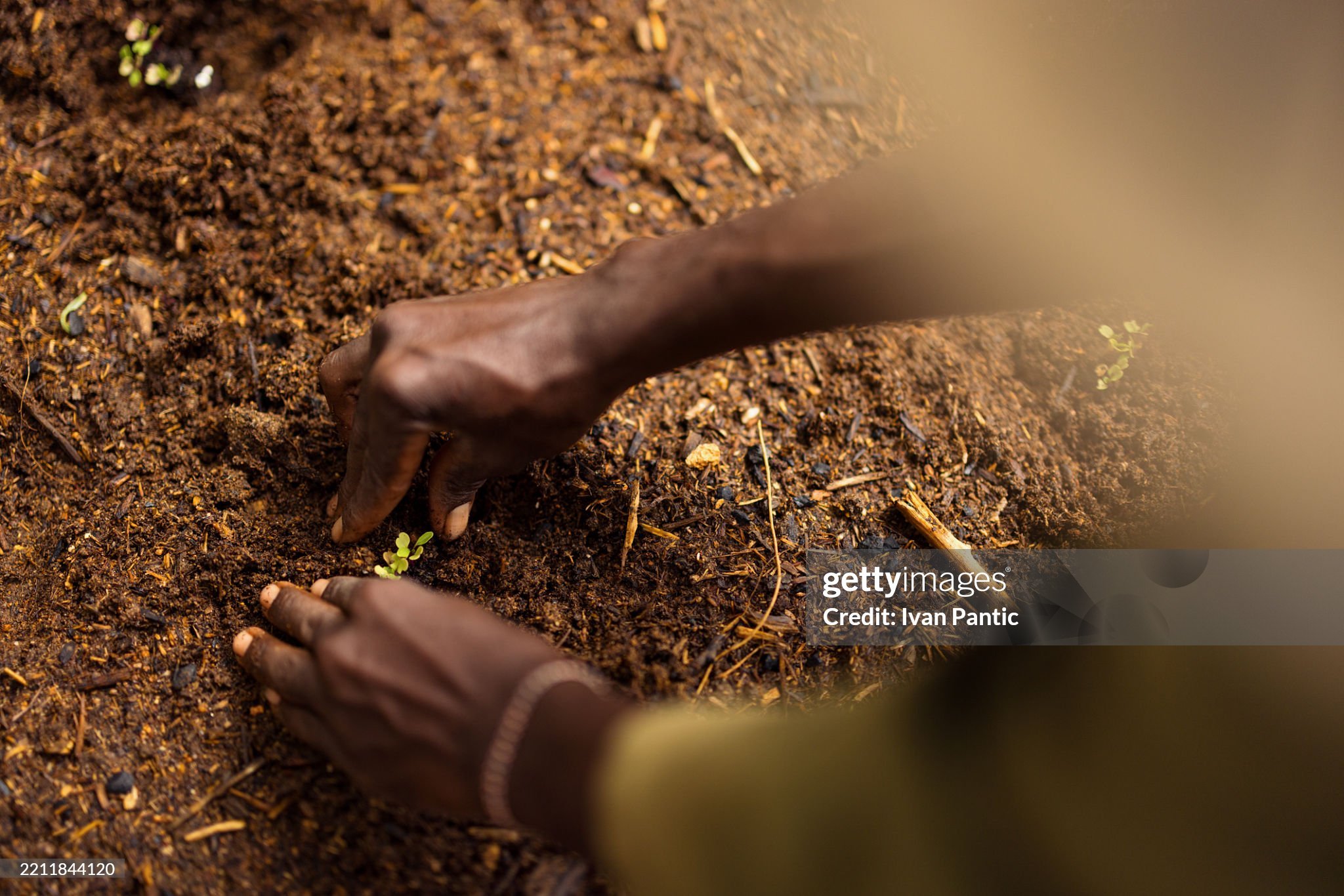
Find out the average mulch delivery and installation cost, plus key factors that impact your price. Learn how to budget, compare options, and save on your landscaping project.
Rubber mulch sticks around much longer than most other mulches


Unlike organic mulches, which naturally decompose and need to be replaced regularly, rubber mulch won’t decompose and can stay in place for years. Still, it’s important to stay on top of how long rubber mulch lasts, especially if you’re relying on its cushioning capabilities or visual aesthetic.
On average, rubber mulch lasts 10 to 20 years, significantly outlasting wood-based mulches and other natural materials. Since it’s made from shredded vulcanized rubber tires, an inorganic material, it maintains its structure and color for much longer than organic mulches, which naturally break down over time.
While rubber mulch can last a decade or more, there are a few factors that may reduce its lifespan.
Rubber mulch is an inorganic mulch alternative that’s highly resistant to weather conditions. Unlike organic mulch, it won’t absorb water, which helps prevent mold and mildew and keeps it from prematurely deteriorating. However, extreme temperatures and prolonged exposure to harsh UV rays can cause fading over time. If this is a concern, read the manufacturer’s warranties that will replace your mulch if you experience major color fading.
In order for rubber mulch to provide optimal cushioning for foot traffic or weed control and insulation for your plants, proper installation is key. For weed control, this means first installing a layer of landscape fabric for extra protection. For all other applications, you should apply it evenly and raked to prevent compaction.
If your rubber mulch is in a place that sees heavy foot traffic, such as a playground, this can reduce the amount of time it takes before it has to be replaced. While it won’t break down the mulch, it can cause compacting, which reduces its cushioning abilities.
When weighing the pros and cons of rubber mulch, a key benefit is its low maintenance requirements. Rubber mulch doesn’t require watering or fertilizing. Still, it’s a good idea not to go completely hands-off, as the mulch can get dirty or compacted over time.

Rubber mulch lasts for many years, but it’s important to stay on top of its condition so you can replace or replenish it as needed. Here are a few signs that it’s time to hire a local lawn care professional for a replacement:
Significant color fading beyond the manufacturer’s warranty period
Excessive compaction, reducing its cushioning effect
Accumulation of unsightly dirt and debris that’s difficult to clean
Visible deterioration, such as cracking or breaking apart
Proper installation, routine cleaning, and occasional raking can help rubber mulch last beyond its expected lifespan. Here’s what to do to help keep your rubber mulch looking and functioning at its best:
Keep it clean: Use a leaf blower to remove debris or hose it down with eco-friendly soap and water for a deeper clean.
Rake regularly: Redistribute mulch to maintain even coverage and remove stray debris from landscaping or pruning.
Check for signs of wear: Replace small faded or compacted areas as needed to keep it looking fresh.
Many rubber mulch manufacturers stand behind the durability and colorfastness of their product, offering warranties of 10 to 12 years. Since color fading is a key concern with how long rubber mulch lasts, most warranties focus on color retention, with a promise to replace the material if it loses its original hue.
If only certain areas of rubber mulch are worn out or faded, you may be able to spot-replace those sections rather than replacing the entire area. However, if the mulch has lost its cushioning ability, become overtaken by weeds, or has widespread degradation, a full replacement may be necessary.
For a no-cost replacement, you can make your own mulch out of dried pine needles, leaves, shredded cardboard, or other organic materials you have on hand. While these will require regular replacement, they’re better mulches for vegetable gardens and plants in general, as they’ll release nutrients into the soil as they break down.
From average costs to expert advice, get all the answers you need to get your job done.

Find out the average mulch delivery and installation cost, plus key factors that impact your price. Learn how to budget, compare options, and save on your landscaping project.

Discover the average sand delivery cost, key price factors, and tips to save on your next project. Get transparent, up-to-date estimates for sand delivery.

Gravel is an inexpensive paving material overall, but costs vary by type. Find out what average gravel prices will look like for your project.

From wood chips to grass clippings, we like to throw around the word mulch. But what is mulch, and how do you use it properly? Let's break it down.

If you’re looking at your yard wondering, “How many bags of mulch do I need?” This calculator will help you determine the exact amount of mulch you should buy.

This calculator helps you estimate how much topsoil you need, so you can purchase materials and budget for your project, whether it’s for your lawn or garden.